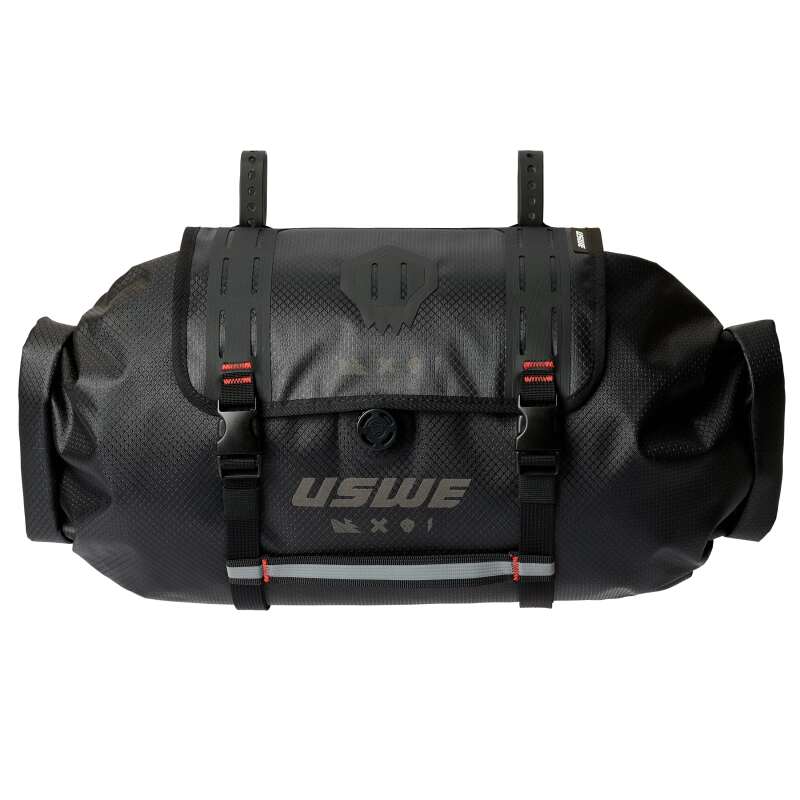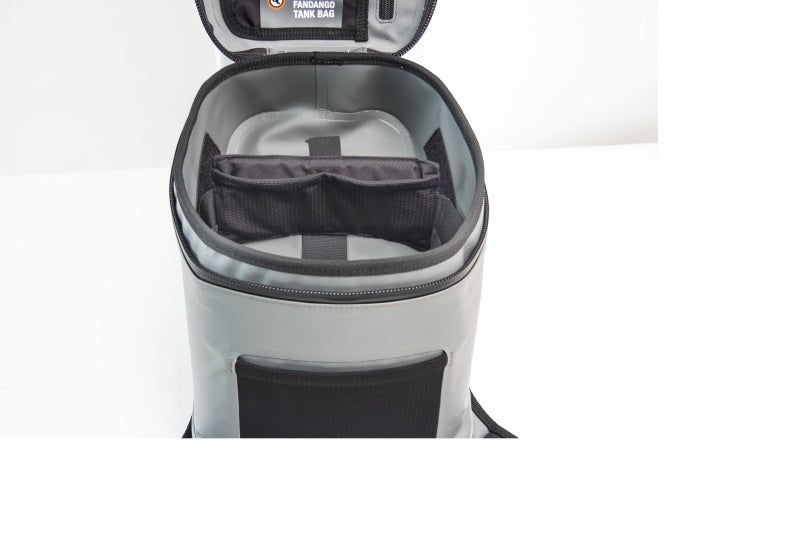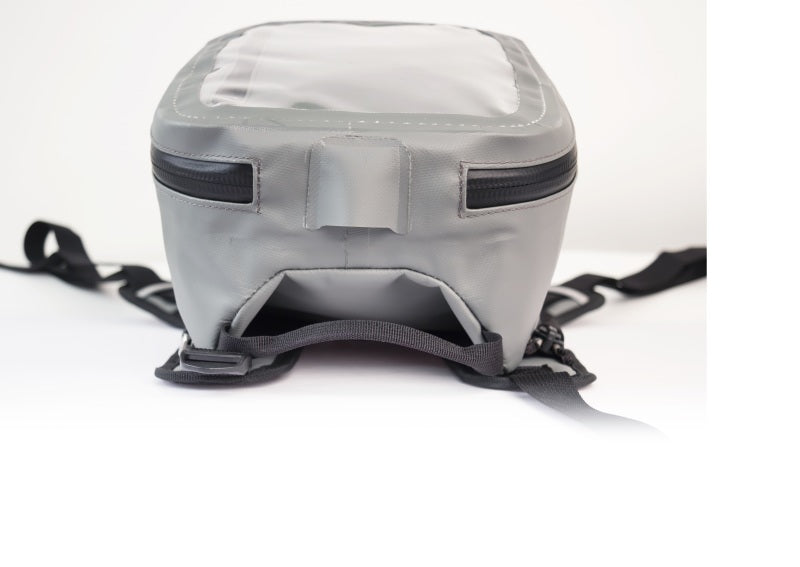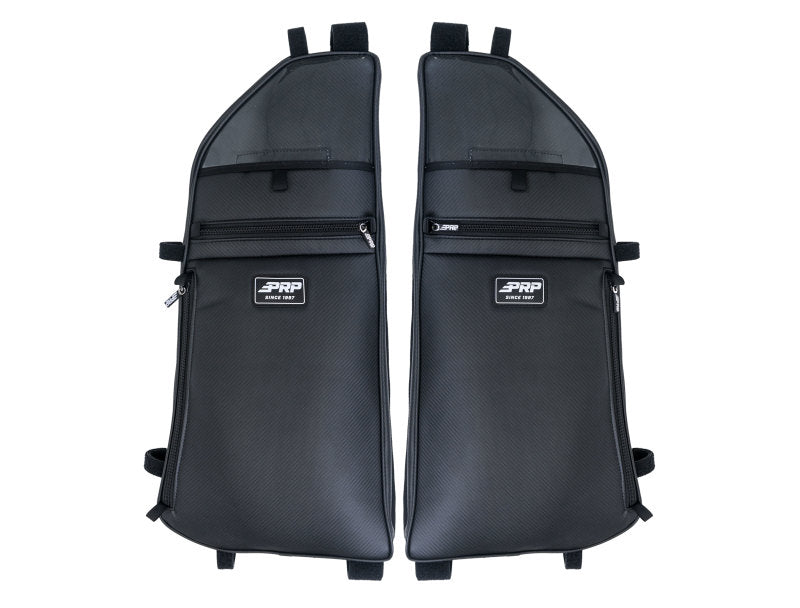Imagine making your car, truck, or bike handle like a dream. It's all about suspension tuning! You'll learn to tweak shocks, springs, and sway bars to make your vehicle perform like a pro.
There are different types of shocks, like gas-charged and coil-overs, and each has a special job. To make it all work, you need to balance how the suspension compresses and bounces back. You'll adjust these settings based on the terrain you're driving on and your personal driving style.
As you experiment, keep track of your progress and study the results to fine-tune your setup. Now, take the first step towards becoming a suspension tuning master and unlock your vehicle's full potential!
Key Takeaways
-
Understanding the different types of shocks, such as gas-charged, coil-over, and bypass shocks, is crucial for effective suspension tuning.
-
Adjusting compression and rebound settings can significantly impact ride comfort, handling, and traction on various terrains.
-
Springs play a vital role in suspension tuning, and selecting the right springs is essential for a smooth ride, better handling, and longer vehicle lifespan.
-
Documenting every change made to the suspension and tracking progress helps identify effective modifications and optimizes future tuning sessions.
-
Fine-tuning suspension settings for different terrains, such as softening for rough roads and stiffening for smooth roads, enhances vehicle performance and handling.
Understanding Shock Evolution
When we talk about suspension tuning, it's cool to know how shock technology has changed over time. This change happened because people wanted better control over how their vehicles moved, which made off-road driving way better.
One big step forward was the invention of gas-charged shocks with special pistons. These shocks helped control the movement of the vehicle much better.
A while back, people liked using nitrogen-filled shocks from a company called Bilstein. These shocks worked really well and were very reliable. To make shocks even better, people started using multiple shocks together. This allowed for more precise tuning.
Then, coil-over shocks were invented. These shocks have a special spring around them, which makes them more adjustable.
Another type of shock is called a bypass shock. These shocks can be adjusted for different types of terrain. Understanding how shocks have changed helps us make good choices when tuning our vehicles for off-road driving.
Types of Shocks Explained
Choosing the right shock for your off-road vehicle can be tough. There are many options, and each one is designed for specific terrain challenges.
Let's explore some key types of shocks:
-
Gas charged shocks help you control your vehicle better and make it more stable.
-
Coil-over shocks have a spring wrapped around them, which lets you adjust how high or low your vehicle sits. This helps with handling.
-
Bypass shocks have different zones that work differently, so you can fine-tune them for specific terrains.
-
Hydraulic air shocks stop your vehicle from hitting the ground too hard, making the ride more comfortable.
-
Active bump stops slow down your vehicle's suspension right before it hits the ground, which reduces the impact and prevents damage.
Each type of shock has its own strengths and weaknesses. Knowing the differences is crucial for making your off-road vehicle's suspension work its best.
Suspension Components Overview
Your off-road vehicle's suspension system is like a team working together to give you a smooth ride and great handling. The team members are tires, springs, shocks, sway bars, and alignment settings. If you upgrade these parts, you can make your vehicle handle better, corner better, and give you a more comfortable ride.
Here's what each team member does:
| Component | Job |
|---|---|
| Tires | Absorb bumps and grip the road |
| Springs | Store and release energy like a rubber band |
| Shocks | Control the spring's bouncing |
| Sway Bars | Keep the vehicle from leaning too much |
| Alignment Settings | Make sure the tires wear evenly and the vehicle handles well |
If your alignment settings are off, your tires will wear out faster and your vehicle won't handle as well. But with good alignment settings and quality parts from brands like Ridetech, you can make your vehicle ride and handle like a dream.
To get the best ride, you need to adjust the suspension parts just right. By knowing what each part does, you can make smart choices when upgrading or adjusting your suspension system.
Setting Compression and Rebound
When you're tweaking your car's shocks, you need to find the perfect balance between compression and rebound. These two things control how your car handles bumps and potholes.
Compression is how quickly your shock absorbs the impact, and rebound is how fast it springs back.
To get it just right:
- Good compression helps your tires grip the road better, which makes your car handle nicely.
- The right rebound setting stops your shock from springing back too fast, which can make your car lose traction and become unstable.
When you fine-tune compression and rebound, your car will ride smoother and feel more comfortable.
The roads you drive on matter, so be ready to adjust your settings for different terrains to find the perfect balance.
Tuning for Different Terrains
Different roads need different suspension settings to make your car perform its best. If you drive on rough roads or trails, you need to soften your suspension.
This helps your car absorb bumps and shocks better. You can do this by adjusting your shock absorbers and letting some air out of your tires. This gives you better traction and stability.
When you're back on smooth roads, you need to stiffen your suspension. This helps your car handle corners better and stay stable at high speeds. You can do this by adjusting your shock absorbers again. By making these changes, you can make your car perform better and give you a smoother ride.
Fine-Tuning Sway Bar and Camber
Fine-tuning your vehicle's sway bar and camber can make a big difference in how well it handles corners. A sway bar helps keep your car steady when you turn. If it's adjusted just right, your car will lean less when you take a turn, making it more stable.
When you're fine-tuning your sway bar and camber, remember these tips:
-
A stiffer sway bar can make your car lean less, but it might make the back of the car swing out too far.
-
If you make the front sway bar softer, your car will be less likely to push outward when you turn. If you make the back sway bar stiffer, it will help keep the back of the car from swinging out.
-
How much your wheels tilt, or camber, affects how well they grip the road when you turn.
-
If you get the camber just right, your car will handle better when you take a sharp turn.
Importance of Driver Preference
When you're working on your car's suspension, don't forget that everyone has their own idea of what feels right. What you like and what your friend likes might be different. You need to think about what makes you comfortable and happy when you're driving.
If you like a smooth ride, you'll want to adjust your suspension one way. If you like a more rugged feel, you'll want to adjust it another way. By making tiny changes based on how you feel, you can make your car handle better and make you a better driver.
It's not just about numbers or statistics; it's about how you feel when you're behind the wheel. If you make your car fit your style, you'll be a better driver and have more fun.
Identifying and Fixing Issues
When you're driving, you need to know how to spot and fix problems with your car's suspension. This system helps your car handle and perform well. To find issues, check how your car handles, how it steers, and how the tires wear down.
You need to find specific problems, like when your car pulls to one side or the other.
Some common problems to look for are:
-
When your car pulls to one side, you can fix it by changing the air in the front tires or making the front suspension softer.
-
When your car pulls to the other side, you can fix it by adding air to the back tires or making the back suspension stiffer.
-
If the tires wear down unevenly, it might mean the suspension isn't set right.
-
If your car leans too much when turning, you can fix it by making the suspension stiffer or adjusting the sway bars.
Choosing the Right Springs
When picking springs for your vehicle, you need to get it just right. The springs have to match your vehicle's weight, how you plan to use it, and the kind of ride you want. A big part of this is the spring rate, which is how much weight it takes to squeeze a spring by one inch.
Some springs are special because they get harder to squeeze as you go. These are called progressive rate springs, and they can make your ride feel more fun.
If you want your vehicle to look cooler and handle better, you can get lowering springs. These springs make your vehicle sit lower to the ground while still making sure it can handle bumps and turns. Coil springs are a popular choice because they're strong and flexible.
When choosing springs, think about how heavy your vehicle is, what you'll be using it for, and how you want it to feel when you drive. If you have a heavy vehicle, you'll need stronger springs to make it ride smoothly. If you're racing, you'll need different springs than if you're just driving to school.
Get the right springs, and you'll have a smooth ride, better handling, and a vehicle that lasts longer.
Tracking Progress and Results
To Make Your Car Go Faster, Keep Track of What You Do
When you're trying to make your car go faster, you need to write down everything you do. This helps you see what works and what doesn't. You can use a special sheet of paper to keep track of all the changes you make to your car's suspension.
Here's what you should write down:
- Every time you make a change, write it down on your sheet.
- Keep track of how fast you go around the track.
- Look at the numbers to see what's working and what's not.
- Write down what you learned so you can do better next time.
This will help you make your car go faster and faster!
Frequently Asked Questions
How Do You Tune Suspension?
You tune suspension by adjusting shocks, springs, sway bars, and alignment settings to optimize handling and performance, considering factors like weight distribution, driving style, and desired handling characteristics.
What Are the Benefits of Suspension Tuning?
You'll experience improved grip, handling, and performance when you tune your suspension, as it optimizes tire contact with the road, enhancing cornering ability, stability, and control, while reducing body roll, and letting you personalize your ride.
What Should I Change When Doing Suspension?
When fine-tuning your suspension, you'll want to adjust sway bars to balance understeer and oversteer, then tweak camber angles for best tire grip, and finally, refine caster and toe settings for responsive steering and stability.
How Can I Improve My Suspension Performance?
You can improve your suspension performance by fine-tuning key components, adjusting sway bars, camber, caster, and toe settings, while balancing shock settings and spring rates, and monitoring tire pressure and brake bias.





